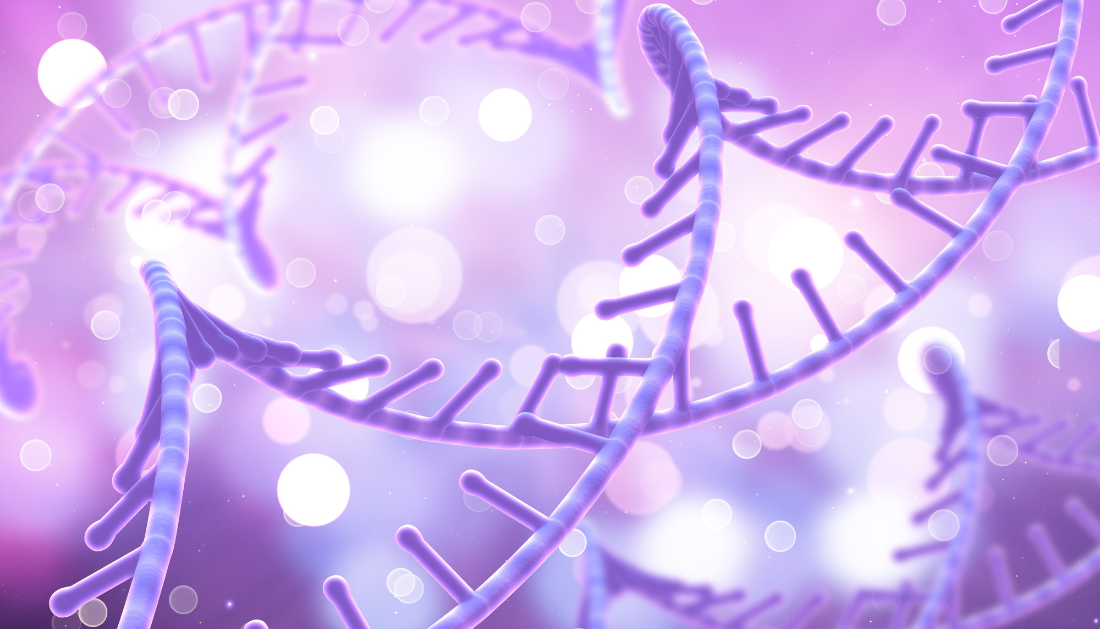

In their preclinical model, the researchers combined CRISPR-Cas9, a technique that mimics porphyria, with light therapy to find efficacy both in vitro and in vivo.
Researchers have reported a promising new treatment technique for prostate cancer by combining gene therapy and light therapy. They have published their proof-of-concept results in Molecular Therapy: Oncology.
In their preclinical model, the researchers combined CRISPR-Cas9, a technique that mimics porphyria, with light therapy to find efficacy both in vitro and in vivo. The researchers claim that their method can be used as a substitute for photodynamic therapy.
The application of CRISPR-Cas9 in oncology and other disease states is becoming more and more popular. Thus far, CRISPR-Cas9 in this context has shown promise in enhancing anticancer activity in chimeric antigen receptor T cells ex vivo by TCR or PD1 inactivation.
“Another way to use CRISPR-Cas9 in cancer gene therapy could be to inactivate a key gene directly in a tumor. However, this promising approach is still underdeveloped,” the researchers explained. “In this context, canonical metabolic pathways are promising because they are highly conserved, even within a tumor, and are not dependent on tumor genomic heterogeneity/instability. Mimicking genetic metabolic disorders in cancer cells could be an alternative way to weaken them. Using expertise gained previously, we propose to mimic porphyria by targeting the heme biosynthesis pathway, which is essential to the proper functioning of cells and without any possible escape.”
Because of the location, which permits both light therapy and direct gene therapy injection, the researchers decided to try their CRISPR-based strategy in prostate cancer.
The team first inactivated UROS in vitro to start the buildup of photoreactive red fluorescent type 1 porphyrin in prostate cancer cells. The researchers discovered that the inactivation of UROS sensitized the cells to 405 nm light using a lentiviral vector containing the CRISPR-Cas9 nuclease gene. Similar results were obtained by the researchers in vivo in mice, even though they saw widespread dermatoxicity, including burns and damage to the skin where the light was directed. The dermatoxicity was lessened by using longer light wavelengths, therefore the researchers continued with the 530-nm light exposure.
The researchers next injected mice subcutaneously with either wild-type or UROS KO PC3 cells and repeated the light exposure treatment to investigate the combination of light therapy and UROS gene therapy. Tumor volume and tumor bioluminescence imaging signal intensity were shown to have significantly decreased after one week of light therapy, according to the researchers. On days seven through ten, no tumors were visible. The mice that received the combined medication at week 1 had a 2-fold increase in survival (34 days vs. 17 days). Dermatoxicity wasn’t noticed.
Even though the first three light therapy sessions were successful, the researchers saw a little relapse around day 17, which prompted the group to evaluate the effectiveness of a five-week illumination program. After another two weeks of encouraging efficacy, the third week saw a secondary tumor relapse, according to the researchers. Large peripheral reactional fibrosis was discovered during additional investigation, indicating that the tumor cells were not reached by the researchers’ illumination technique.
“Although these results obtained with an external light-emitting diode (LED) are promising, a therapeutic escape occurred. This may have been caused by a reduction in illumination penetrance due to the remodeling of tumoral and peritumoral tissues,” detailed the researchers. “Thanks to the advent of interstitial lasers, it is now possible with endoscopic optical fibers to illuminate the interior of tumors, in direct contact with cancer cells. Therefore, interstitial illumination combined with UROS gene therapy may lead to a longer response to treatment and could overcome the relapse. Moreover, human cancer cell xenografts require immunodeficient mice. We hypothesize that immunocompetent models obtained by using syngeneic mouse prostate tumors should allow the recruitment of the immune system, thus reinforcing the efficacy of our approach.”
For more information: CRISPR editing to mimic porphyria combined with light: A new preclinical approach for prostate cancer, Molecular Therapy Oncology, DOI:https://doi.org/10.1016/j.omton.2024.200772
more recommended stories
 36-Week Pre-eclampsia Screening May Reduce Term Risk
36-Week Pre-eclampsia Screening May Reduce Term RiskA New Preventive Strategy for Term.
 Cardiovascular Risk and Sudden Cardiac Death in Diabetes
Cardiovascular Risk and Sudden Cardiac Death in DiabetesRising Sudden Cardiac Death (SCD) Risk.
 Poor Kidney Function and Alzheimer’s Biomarkers Explained
Poor Kidney Function and Alzheimer’s Biomarkers ExplainedPoor kidney function may influence levels.
 Walking Speed Before Hip Replacement Predicts Recovery
Walking Speed Before Hip Replacement Predicts RecoveryNew Evidence Points to a Simple,.
 Neuroblastoma Drug Combo Extends Survival in Models
Neuroblastoma Drug Combo Extends Survival in ModelsA Promising Shift in High-Risk Neuroblastoma.
 How Soybean Oil Impacts Weight Gain and Metabolism
How Soybean Oil Impacts Weight Gain and MetabolismWhy Soybean Oil May Affect Metabolism.
 Coffee and Cognitive Function: Evidence Review
Coffee and Cognitive Function: Evidence ReviewA new narrative review in Cureus.
 Colorectal Cancer Screening Rates Low in Adults 45–49
Colorectal Cancer Screening Rates Low in Adults 45–49Recent UCLA research reveals that colorectal.
 Gut Immune Cells and Long-Lasting Antiviral Protection.
Gut Immune Cells and Long-Lasting Antiviral Protection.Breakthrough Findings on How Gut Immune.
 Mild Pancreatic Duct Dilatation Signals Higher Cancer Risk
Mild Pancreatic Duct Dilatation Signals Higher Cancer RiskEarly Structural Changes Offer Critical Clues.

Leave a Comment